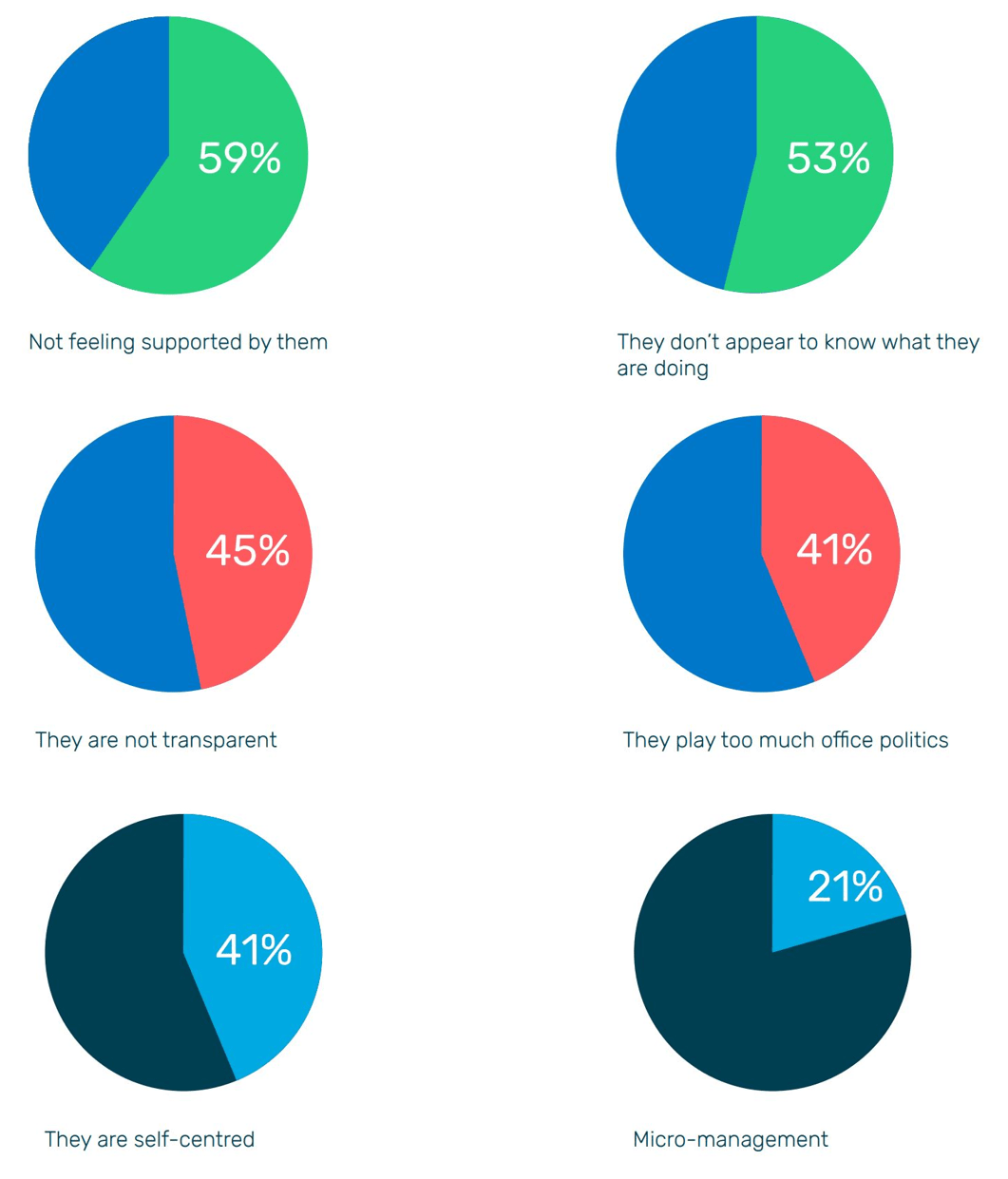Agile Working Guide
Download PDF
.png?width=1200&height=628&name=Espresso%20report%20agile_cropped%20(%20(1).png)
 Last year, we created an extensive report into the value of company culture and its impact on the wider SME economy - The Culture Economy Report. This is the second in a series of espresso versions of the original. Short and sweet but still full of information.
Last year, we created an extensive report into the value of company culture and its impact on the wider SME economy - The Culture Economy Report. This is the second in a series of espresso versions of the original. Short and sweet but still full of information.
So if you are having a coffee break, pause the inbox and immerse yourself in what agile working really means for businesses.
An agile business is one that is not slowed down by processes, conventional ways of working or slavish adherence to a plan. Agile businesses are nimble, responsive, flexible and adaptable.
With origins in the IT sector, agile working began as a methodology for managing complex software development projects. Fast forward 20 years and agile working practices have been adopted by organisations of every size and in every sector as the benefits have become better known.
For many successful companies agile is now the de facto working practice which underpins the way everyone in a company approaches their work, and the way they interact with their colleagues to achieve goals. Part business philosophy and part methodology, agile working has so much to offer and once the basic principles are understood, it can be introduced and rolled out within a short space of time.
Business agility is the ability of an organisation to:
 Goal-driven: Organisations that embrace agile working successfully are clear about why they are doing it. It’s important to focus on business priorities and have clear, shared visions to deliver results that really matter to your stakeholders.
Goal-driven: Organisations that embrace agile working successfully are clear about why they are doing it. It’s important to focus on business priorities and have clear, shared visions to deliver results that really matter to your stakeholders. Recent research showed that most senior company executives are confident that improving organisational agility will improve their competitive advantage and deliver higher customer satisfaction levels, boosting employee productivity and retention at the same time.
Recent research showed that most senior company executives are confident that improving organisational agility will improve their competitive advantage and deliver higher customer satisfaction levels, boosting employee productivity and retention at the same time.
Agility is an enabler of swift and imaginative business responses perfect for SMEs who are ideally positioned to work in a responsive manner, relative in comparison to larger enterprises which take longer to change and adopt new practices. This is often a feature of early stage growth and it is important that this approach is sustained as a business matures.
Agile is about accelerating or enhancing organisational learning. For the Agile Business Consortium, an agile culture is:
“An environment that is underpinned by values, behaviours and practices which enable organisations, teams and individuals to be more adaptive, flexible, innovative and resilient when dealing with complexity, uncertainty and change.”
Henry Stewart, business author and CEO of Happy has noted that in his eyes, the number one frustration employees experience is micro-management. He suggests that managers take steps to: “Make clear the guidelines and what you want people to achieve. And then give people the freedom to work out how to achieve that”.
Henry Stewart’s comments are in line with our own research. Before writing Breathe’s 2018 Culture Economy Report, we interviewed 2,005 employees of UK SMEs, asking why they don’t trust their leaders.
Our research revealed that 21% regard micro-management as a reason for distrust. There is no doubt that agile working practices and establishing a culture of trust is challenging,
especially if a business is moving away from a long-established hierarchical structure.
How do self-managing, high performance teams link back onto the wider organisational environment? Where and what is the management role in a culture of trust?
Trynka Shineman, Vistaprint comments: “It’s about defining what shared success looks like, how you frame outcomes and how you provide the right support. So, the leadership role fundamentally changes from delegating tasks to enabling outcomes, and empowering individuals and teams to make their own decisions.”

Adopting new communications and management technologies to free people from tedious manual processes is key to agile working. Some people, however, need assurance that this is not an either/or scenario. It is not technology or people; it’s very much technology and people.
Technology and automation should be used to support and enable the development of a positive, empowering workplace culture that is focused on using key human attributes and offers scope for personal development. Working in partnership will deliver on increasing customer expectations and business requirements.
“Make clear the guidelines and what you want people to achieve. And then give people the freedom to work out how to achieve that”.
- Henry Stewart
This is a brief summary of one of the Culture Economy chapters, please click here to download your full copy of the Culture Economy report.
In 2018 we launched the Breathe Culture Pledge so all organisations can commit to putting their people at the heart of their business. To sign up to the pledge, and join the
hundreds of other SMEs, please click here.
Start your free trial now
.webp?width=535&name=Smiley%20Lady%20with%20cloud@2x%20(1).webp)